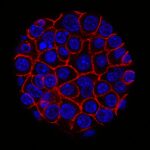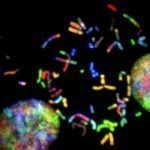PhD proposal
Supervisor: J. Galitzky
Team A. Bouloumié – I2MC
The development of adipose tissue is dependent on its interaction with the environment and particularly the nutritional one. These last years, the intestinal microbiota has emerged as an important vector in the link between nutrition and fat mass growth. But other components including gender, age and location of the fat depots have also to be considered. Our hypothesis is that there is a molecular relationship between the microbiota which is influenced by age and nutrition and the immune and progenitor cells of the fat depots which govern the structure, diversity and metabolic plasticity of the tissues. We have recently shown that bacteria are present in the tissue and could be essential factors in the interface between the environment and the physiology of the tissue. The research project proposes to study the molecular interaction between bacteria, particularly tissue bacteria, and the microenvironment of fat depots including progenitor cells and immune cells with a particular focus on cell senescence.
Using metagenomic approaches carried out on subcutaneous and visceral adipose depots from human cohorts (FLORINASH cohort), we will analyze the composition and diversity of the tissue microbiota of human adipose depots and the impact of obesity, gender, age and associated pathologies. In parallel, we will dissect the molecular aspects of the interaction between bacterial populations and cells of the adipose microenvironment. We will study the impact of bacteria of interest and their products (identified by our previous work and by the approaches mentioned above) on cell senescence in the microenvironment of fat depots and inversely the impact of cell senescence on bacteria sensing, growth and metabolism. The intracellular pathways will be analyzed with an interest on pathways common to bacterial sensing and senescence including TLRs, NLRs, inflammasome and STING pathways. Finally, the causality of bacterial populations and / or their products of interest in controlling the diversity and metabolic plasticity of fat depots will be studied in vivo in the unique model developed in the team of humanized axenic mice.
Key words: Progenitor cells, senescence, Bacteria, Inflammation, Metabolism, Plasticity









